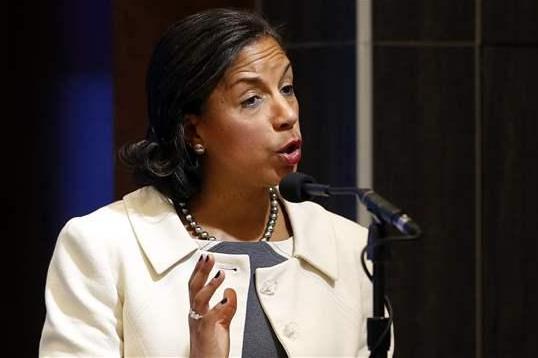US Asian diplomacy: Obama makes 2015 a key year
- By Tim Collard
 0 Comment(s)
0 Comment(s) Print
Print E-mail China.org.cn, February 11, 2015
E-mail China.org.cn, February 11, 2015
 |
|
U.S. National Security Adviser Susan Rice |
On February 6, U.S. National Security Adviser Susan Rice made a speech setting out the country's national security strategy. She took the opportunity to convey invitations from President Obama to four East Asian leaders to pay State visits - China's President Xi Jinping, Japanese Prime Minister Shinzo Abe, as well as the presidents of Indonesia and the Republic of Korea, arguably the four most significant countries in the region. This is obviously an attempt to entrench the "pivot to Asia" as a fixed element in U.S. foreign policy in the last stages of the Obama presidency. But what are the specific tactical components of this somewhat controversial strategy?
First is an emphasis on balance. Not only did Obama feel he had to invite the leaders of both China and Japan: he was concerned that both invitations should be issued at the same time. Neither country must think it was only included as an afterthought, especially given the sensitivities surrounding the entire Asian policy.
At the same time, the U.S. administration made it clear that it was taking account of, and trying to assuage, any Chinese fears that the U.S. sought to cut across China's recent initiatives to take a leading role in regional integration. Ms Rice, for example, emphasized that, although U.S. policy would retain a solid focus on Asia, this should not involve excessive interference or lead to American "overreach" there.
This clarification is important. There's no doubt recent American moves have raised concerns in China, and has perhaps intensified some of the differences in the aims of the two nations; some of these differences, indeed, come quite close to touching on the "core interests" of one country or another. However, no-one wants to create any obstacles to the smooth development of relations between two countries so vital to the maintenance of regional and global security.






Go to Forum >>0 Comment(s)